Performance includes many different art forms: musical performances, dance performances, puppet performances, singing performances...
All of the above performance elements are carried out inside or outside the stilt house, on the fields or in the tombs, combined with visual arts (costumes, ritual poles, wooden statue carvings, etc.), culinary arts (dishes, drinks, smoking), along with the performance of literary elements (telling fairy tales, teaching children, singing - telling epic poems, etc.) ... to form a synthesis of the cultural space of the local ethnic minorities in the Central Highlands. The M'nong performing arts are also included in that space.
In addition to folk singing, which is almost exclusively spoken singing, M'nong performing arts also include:
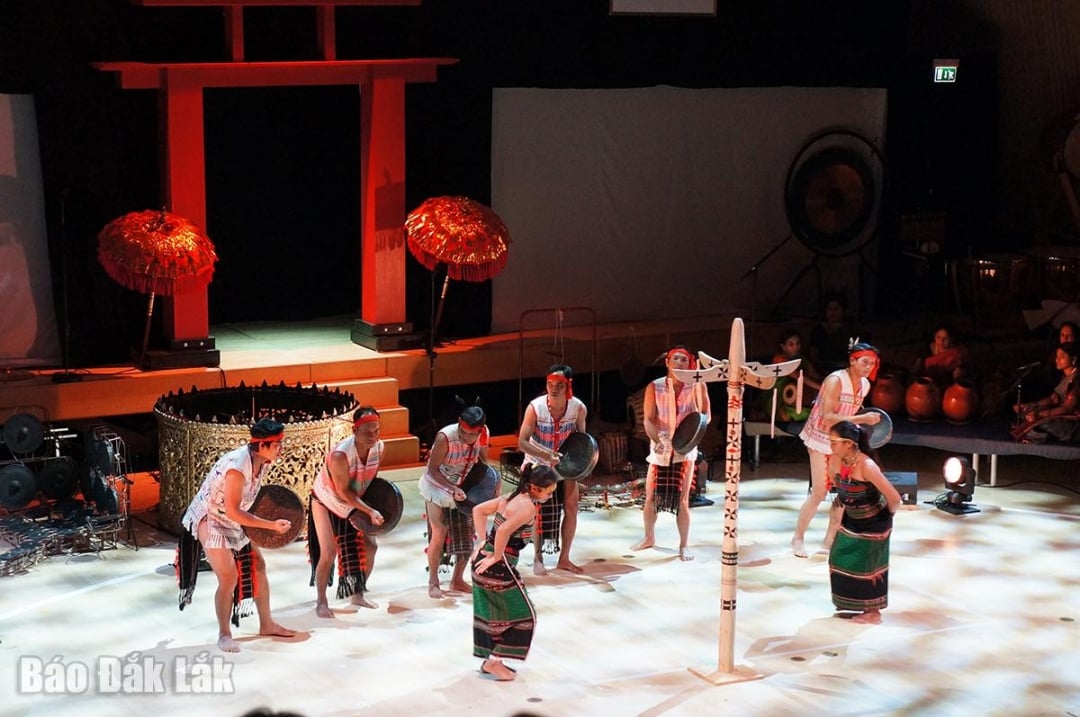 |
| M'nong dance performance on stage in Denmark. |
Although the M'nong people have fewer musical instruments than other ethnic groups, they are still very rich in form.
One of the core elements of the “cultural heritage” is the gong sets. The M'nong gong sets in both Dak Nong and Dak Lak have two types: a set of 3 with knobs called gongs and a set of 6 without knobs called chung (or cheng). Unlike some ethnic groups such as the Ede, J'rai, Xe Dang, and Ba Na who perform gongs as a combination of both knobbed and knobless gongs, the M'nong people are similar to the K'Ho, Cil, Chau Ma, and Stieng ethnic groups in performing separately the set of 3 gongs with knobs, or the set of 6 cheng (gongs) without knobs.
The Bu Nong (M'nông) Preh gong set of 6, when performed, has two gongs keeping the rhythm of the bass part: the Me gong has a single rhythm, the Ng'ram gong has a double rhythm, the Te gong - the smallest gong - also keeps the rhythm but plays in sync between the two big gongs. The three gongs in the middle carry the melody. In particular, the Pu Nong Preh people teach gongs not only by instructing how to play, but also by reading the names of the gongs according to the melody of those gong songs, for example n'dột, n'ột, tr'u, tr'ơ... But it is also because of this oral reading method that some ancient gong songs with difficult rhythms have been lost, because no one remembers the melody anymore.
In addition to the Ching Bo and Gong Ching sets, the M'nong people in Dak Nong also have the Ching Prak set, which are three pairs of bronze gongs with knobs, shaped like a pair of inverted bowls, similar to the hap xoa of the lowlanders but thicker. Very rare, Ching Prak is only used in very special ceremonies, by families considered to have power over a large area.
In addition to the bronze gong sets, the residential areas of the M'nong people (Lak, Dak Rlap...) have also discovered stone bars that have been chiseled and arranged to create sounds and rhythms corresponding to the bronze gong set, called gong lu (stone gongs). There is even an opinion that the M'nong people are the true owners of the stone sets - lithophones that have been discovered.
M'nong gongs are a type of dynamic performance. When performing, the whole ensemble usually walks in a counterclockwise circle around the gêng column (outside the house) or inside the stilt house. Only the gong lu played in the fields or streams must be tied to a tree or some kind of hanger and the ensemble must stand in place to perform.
Besides, musical performance is also very popular with many types of bamboo instruments performed by using the blowing method (rlet, m'buot, wao, nung, guach, n'amom...), using hands or mallets to strike (ding gor, gor) or using hands to pluck (goong kla, goong ring)... very diverse.
The shape of some M'nong musical instruments may be similar to those of some ethnic groups in the Central Highlands, such as Wao is similar to dinh khot, dinh klia of the Ede, gong kla is similar to gong reng, Nung is similar to kipah (Ede) - po nung ngkae (K'Ho)... but the performance environment is sometimes different. For example, the five-stringed trumpet (Ede) - m'buot (M'nong) - K'Mbuot (K'Ho) are similar in shape and 6 bamboo tubes, but the Ede musical instruments are only played outside the tomb when there is a funeral, while for the M'nong, in the early morning mist, in the heavy sound of rice pounding by the hard-working wives, there is the melodious sound of m'buot lulling the children back to sleep by the fathers...
M'nong dance only appears in a few rituals, such as in coming-of-age ceremonies for sons and daughters of wealthy families, especially in community buffalo-eating ceremonies.
If the dances of the Ede, J'rai, Ba Na, Xe Dang ethnic groups... have the full and equal participation of both men and women, the dance art of the M'nong ethnic group is a performance, showing off the beauty and body of women, with very few male dances. However, in the buffalo eating ceremony, when many other villages come to participate, there is often a gong fight between the teams. At that time, all participants, including the audience and the performers, all bounce their whole bodies (legs, hips, buttocks) to the rhythm of each gong piece. The faster the gong rhythm, the stronger the movement with each rhythm.
M'nong dance is similar to other ethnic groups in the Central Highlands in that it uses more hand and buttock movements than foot movements. The dance movements imitate natural shapes in the human living environment (the wag of a wagtail, the hawk's soaring wings, the monkey's leaping steps...) or production labor movements (threshing rice, pounding rice, weeding, weaving...).
Although few and somewhat simple, the M'nong dance movements are very unique, different from those of the surrounding ethnic groups. For example, the dance in the Yang worship ceremony often has the movement of the head raised high, the back bent down, the whole body curved, very respectful but also very exposed, seemingly to show off the breasts and very round buttocks of the girls. Or the extremely seductive breast shaking dance movement in the coming of age ceremony for girls; the dance movement of rubbing the arms, clapping the strong biceps in the coming of age ceremony of teenage boys.
Source: https://baodaklak.vn/van-hoa-du-lich-van-hoc-nghe-thuat/202506/dac-trung-nghe-thuat-dien-xuong-nhac-va-mua-dan-gian-mnong-abd043a/



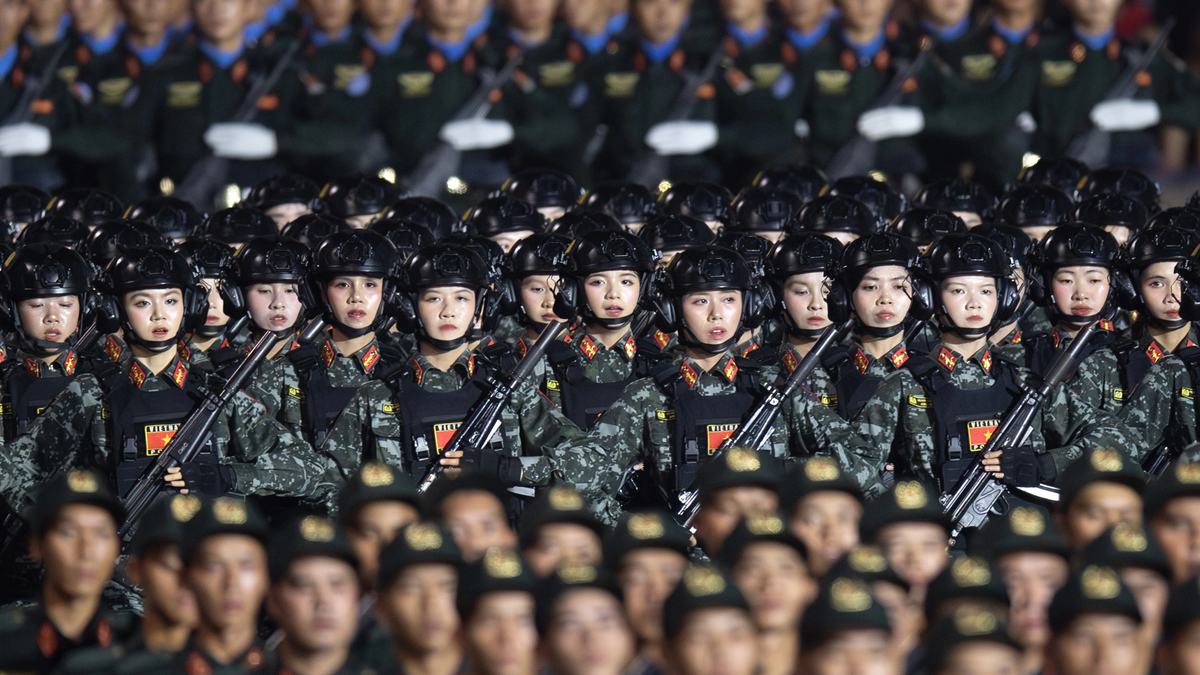
![[Photo] General Secretary To Lam attends the opening ceremony of the National Achievements Exhibition](https://vphoto.vietnam.vn/thumb/1200x675/vietnam/resource/IMAGE/2025/8/28/d371751d37634474bb3d91c6f701be7f)
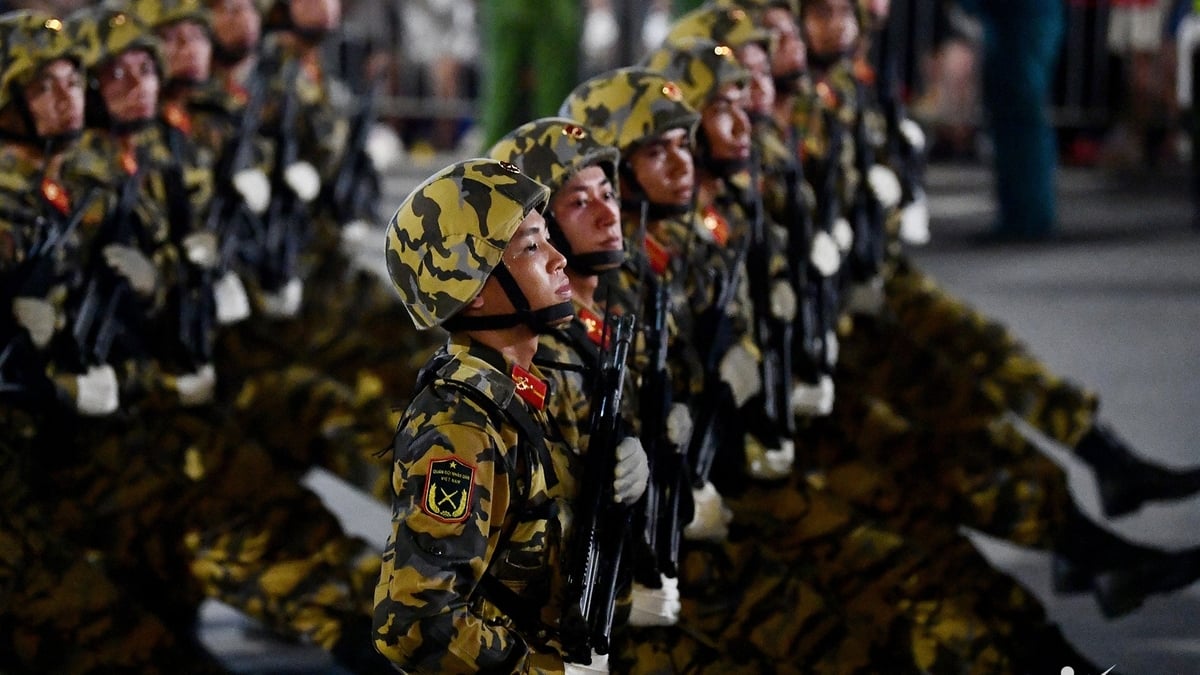
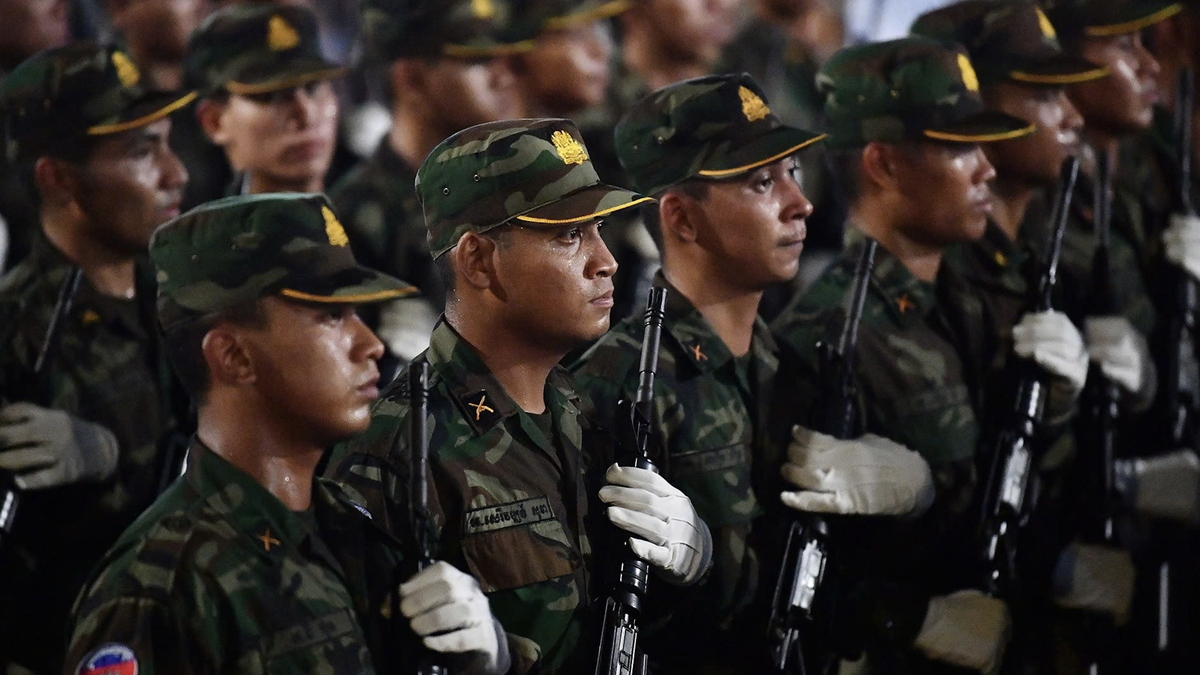
![[Photo] National Assembly Chairman Tran Thanh Man holds talks with New Zealand Parliament Chairman](https://vphoto.vietnam.vn/thumb/1200x675/vietnam/resource/IMAGE/2025/8/28/c90fcbe09a1d4a028b7623ae366b741d)

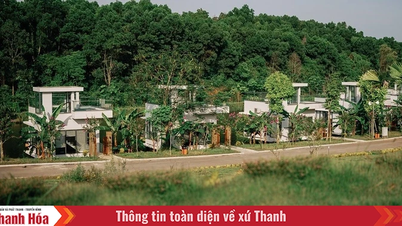

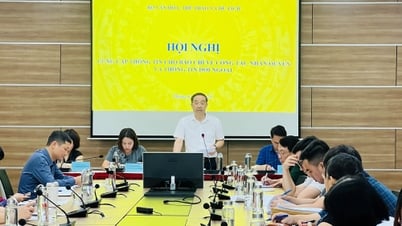

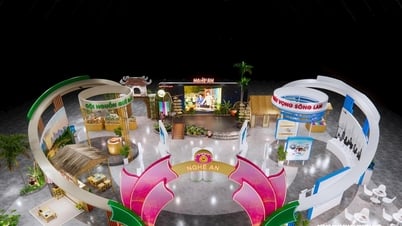



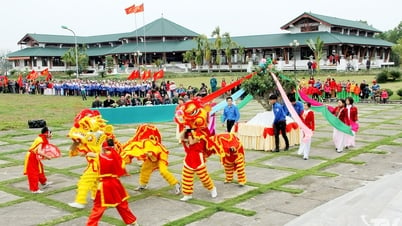

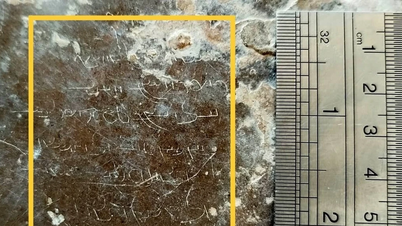



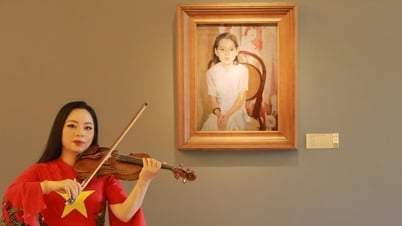

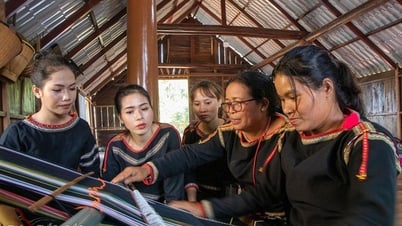
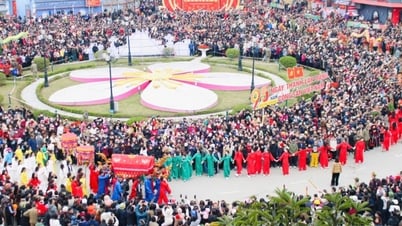

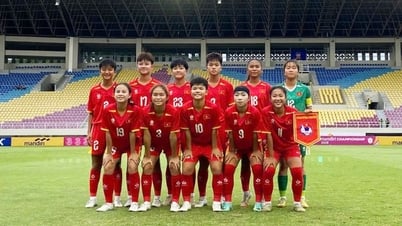
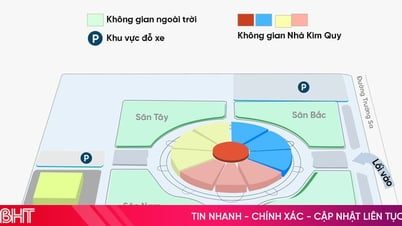

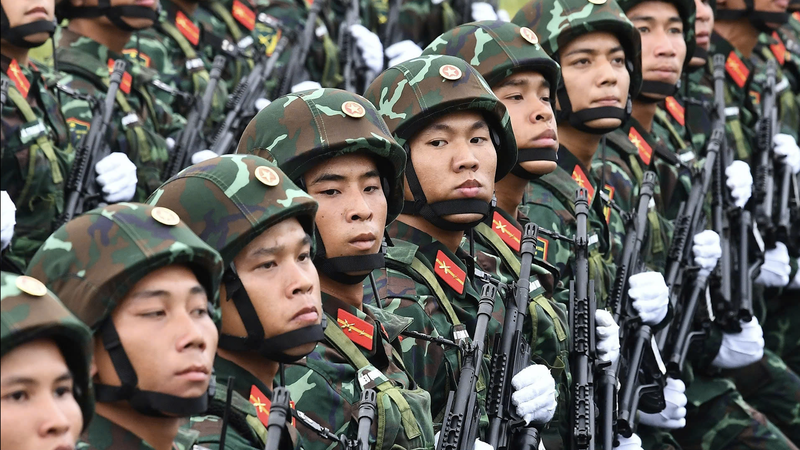









![[Photo] Images of the State-level preliminary rehearsal of the military parade at Ba Dinh Square](https://vphoto.vietnam.vn/thumb/1200x675/vietnam/resource/IMAGE/2025/8/27/807e4479c81f408ca16b916ba381b667)
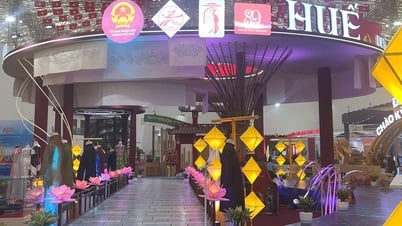

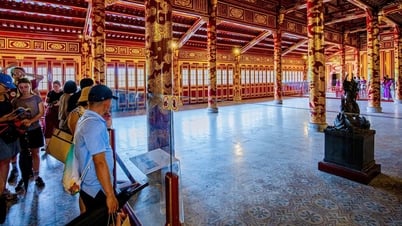


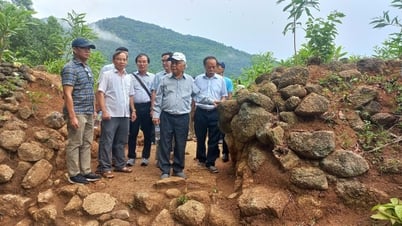
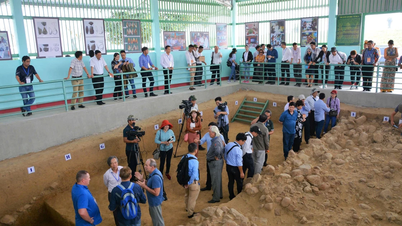

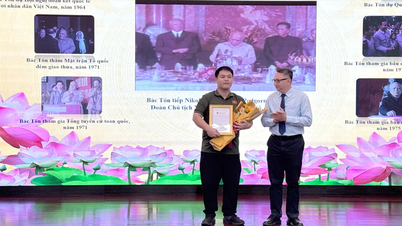

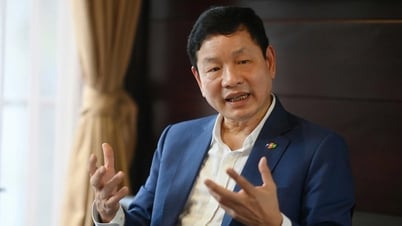

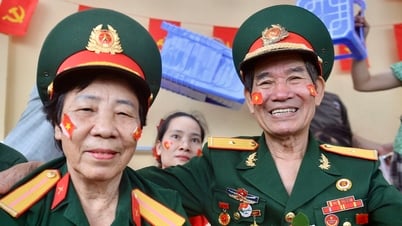


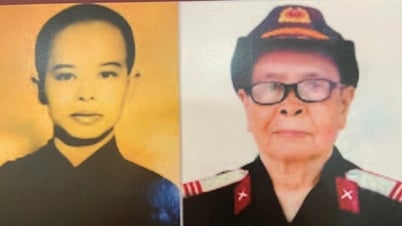


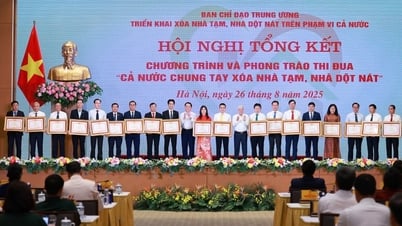






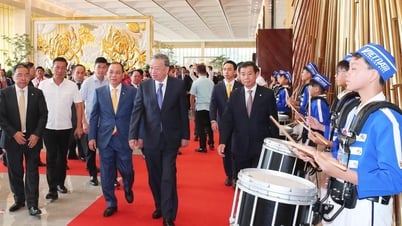

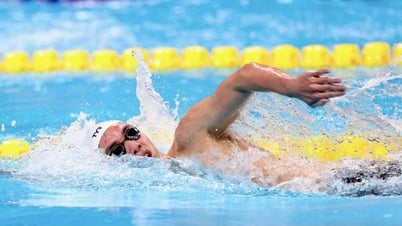
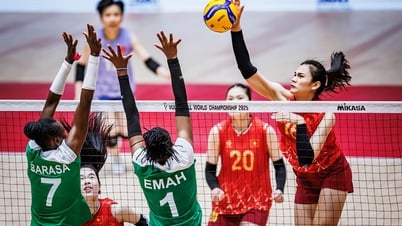

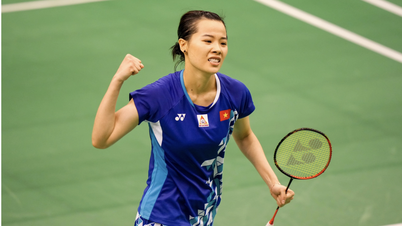
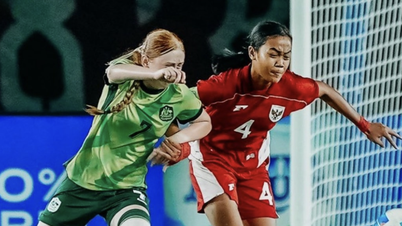

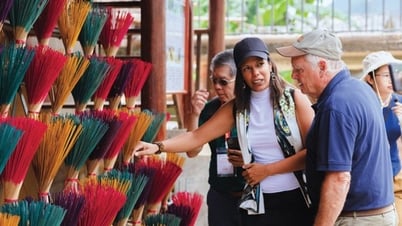


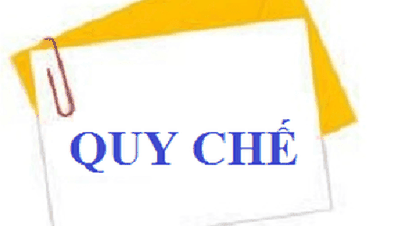
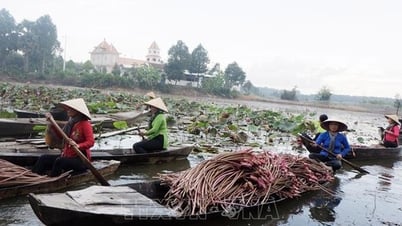


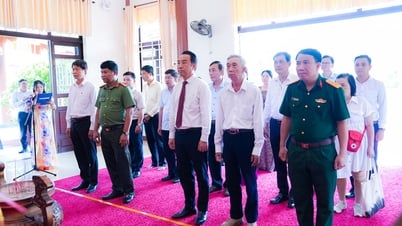

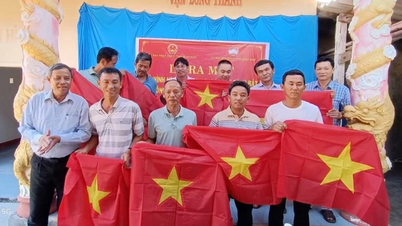
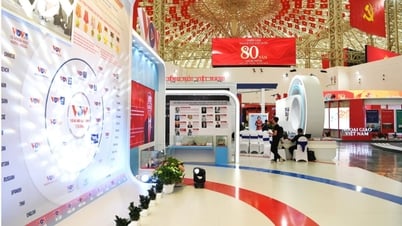

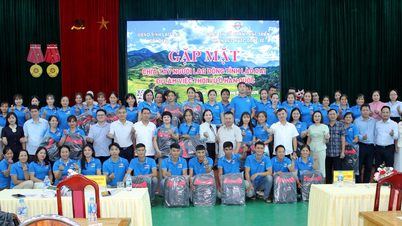


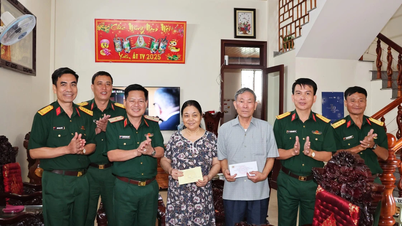
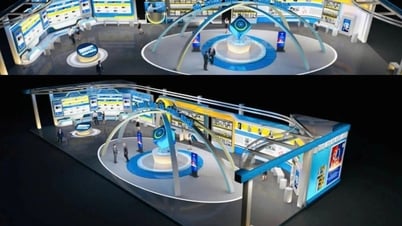




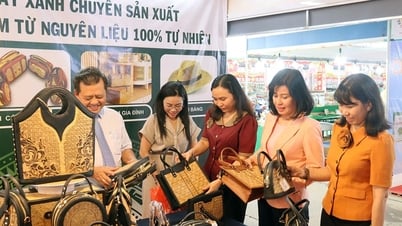



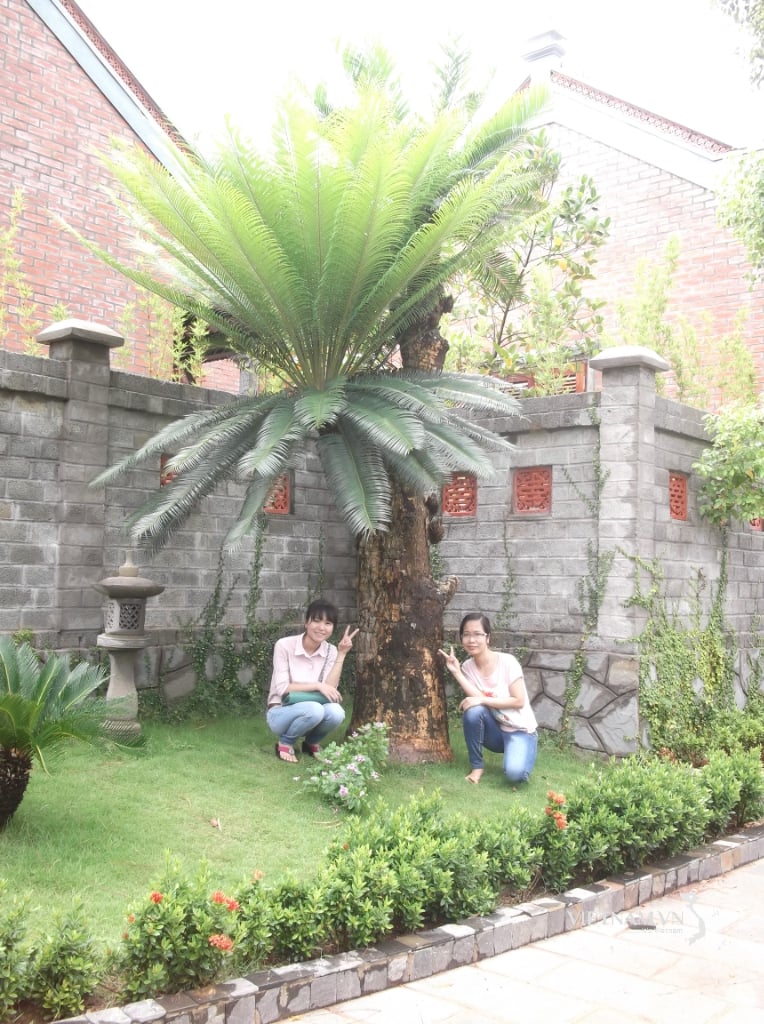


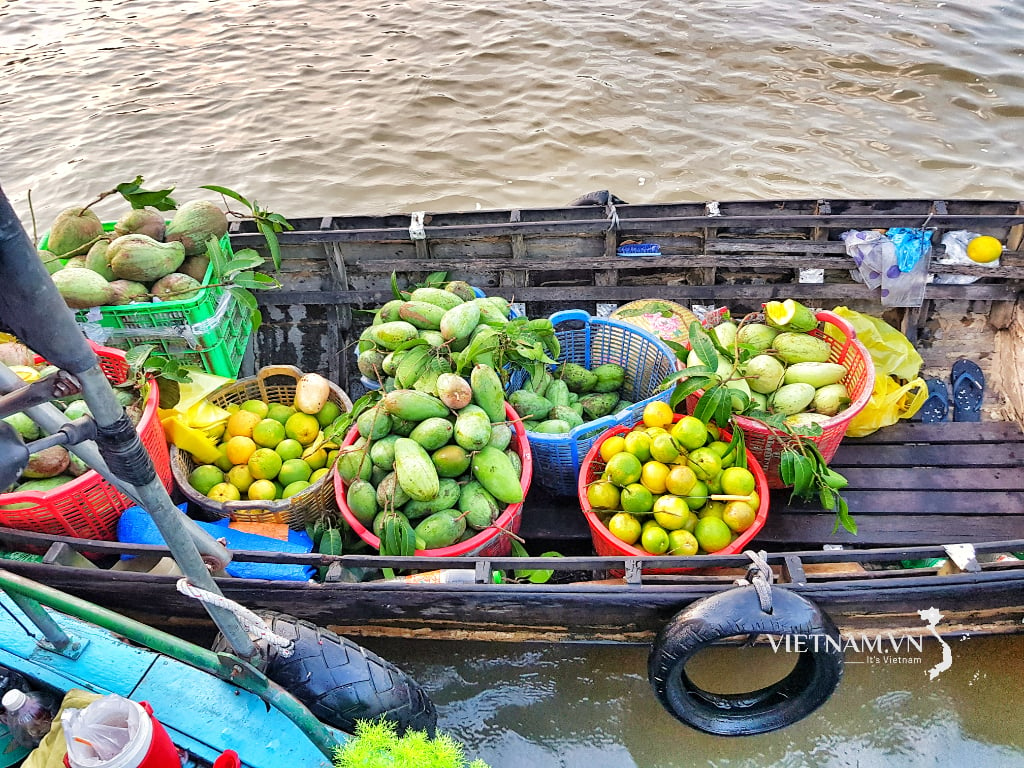
Comment (0)